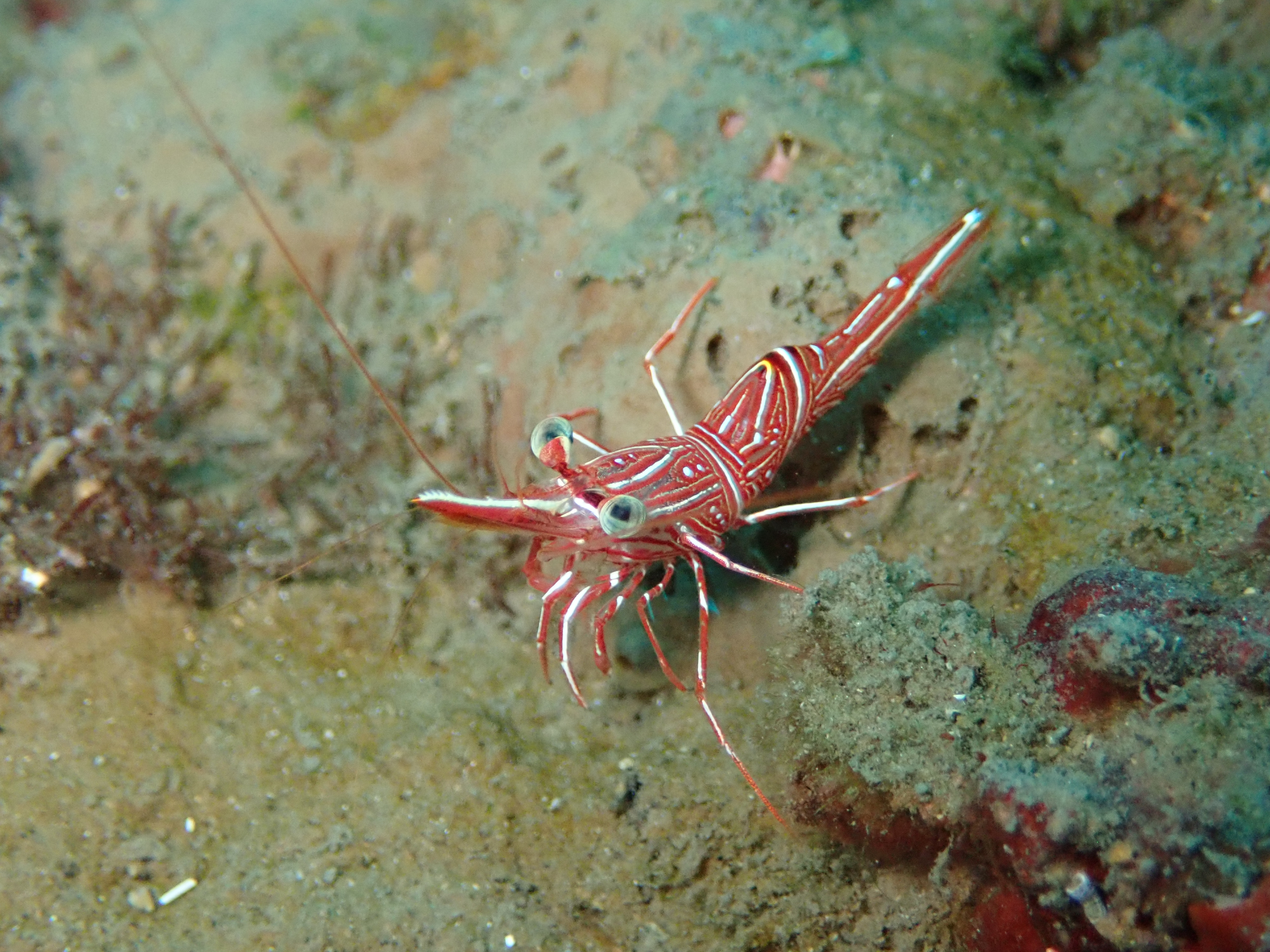
Israeli researchers discovered the unique structure and mechanism of shrimp’s eyes, which allow it to see in the dark seabed, said the Weizmann Institute of Science (WIS) in central Israel on Monday.
The scientists, from the WIS and Ben-Gurion University in southern Israel, said they hope their findings will lead to the creation of new optical coatings and specialized paints in ultra-thin layers.
The research, published in the journal Nature Nanotechnology, revealed a complex structure that has evolved over millions of years to enable these tiny creatures to see well in their immediate environment.
The researchers found that unlike human eyes that work with lenses, the shrimp’s eyes contain a series of nanometer-sized mirrors arrayed in a concave formation that functions like a lens.
The reflective material coats the light detectors in the shrimp eye’s retina. These detectors, highly sensitive to light, are arranged in seven-pointed star formations.
The coating is composed of nanospheres, made of an unusual biocrystal, and their structure is built up from dozens of sheets just a few nanometers thick to form a covering around a hollow center.
